In recent years, the rapid development of AI technology has profoundly changed our way of life. QR codes, as a fast and convenient tool for information transmission, have also been widely used globally. This article aims to explore the transformation brought by AI in the field of QR codes and to elaborate on its positive impact on people’s lives.
Enhancing the Speed and Accuracy of QR Code Recognition
By utilizing deep learning, image processing, and other technologies, AI can quickly identify QR codes from complex backgrounds and correct issues such as tilt, blurriness, and obstruction, thereby improving recognition efficiency and user experience. (This means that some “fancy” QR codes are about to reach their potential.) For example, take a look at the image below:
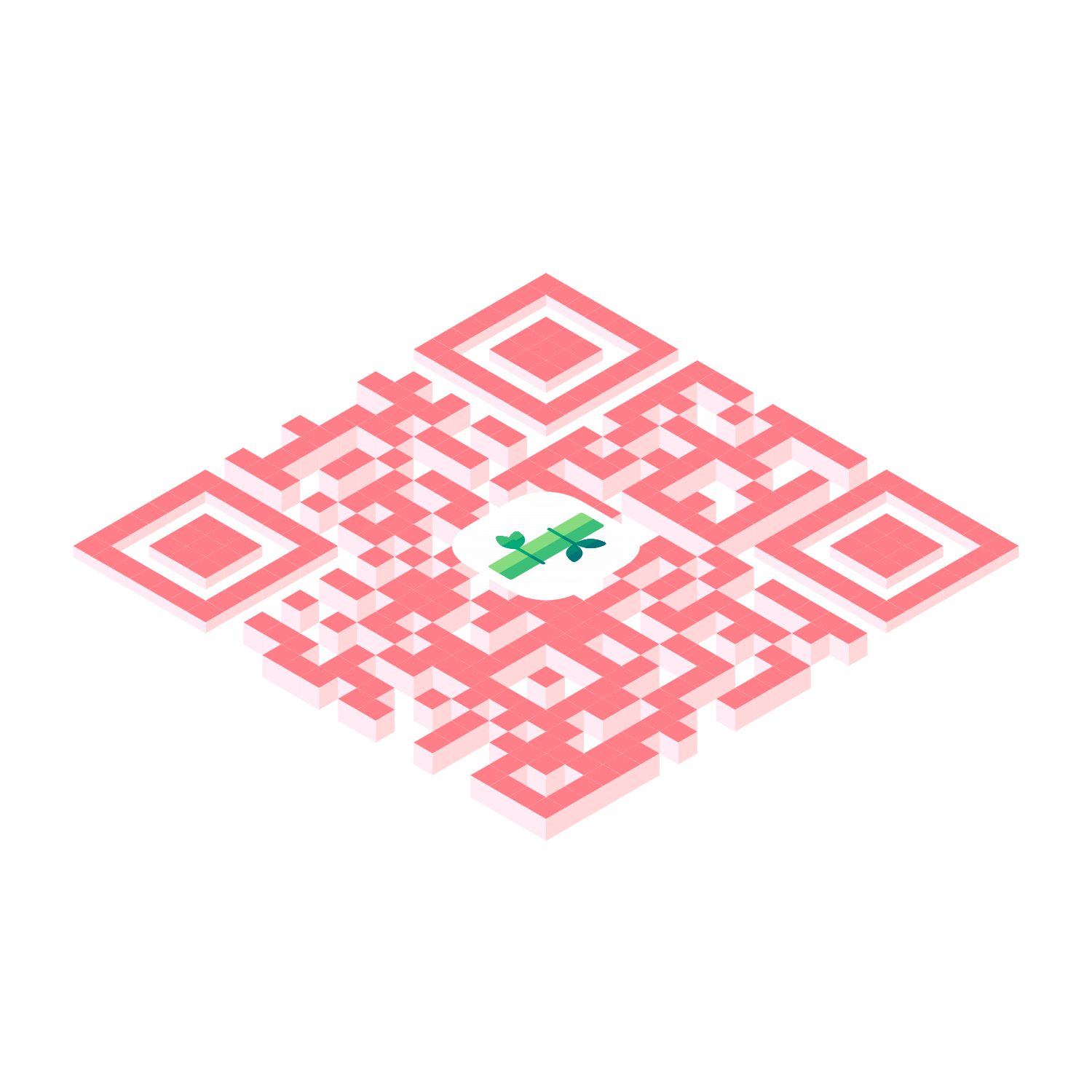
Expanding Application Areas
The introduction of AI technology has brought enormous expansion opportunities to the application areas of QR codes. With AI algorithms, QR codes can be seamlessly integrated with images, becoming more aesthetically pleasing and possessing greater developmental potential. Platforms like qrbtf and quickqr have ventured into the AI field, creating QR codes that evoke a sense of peering into reality from cyberspace. I believe this will spark a significant transformation across many industries. These new QR codes create a fantastical and extraordinary interface, far surpassing the chaotic reality represented by traditional QR codes. For example:

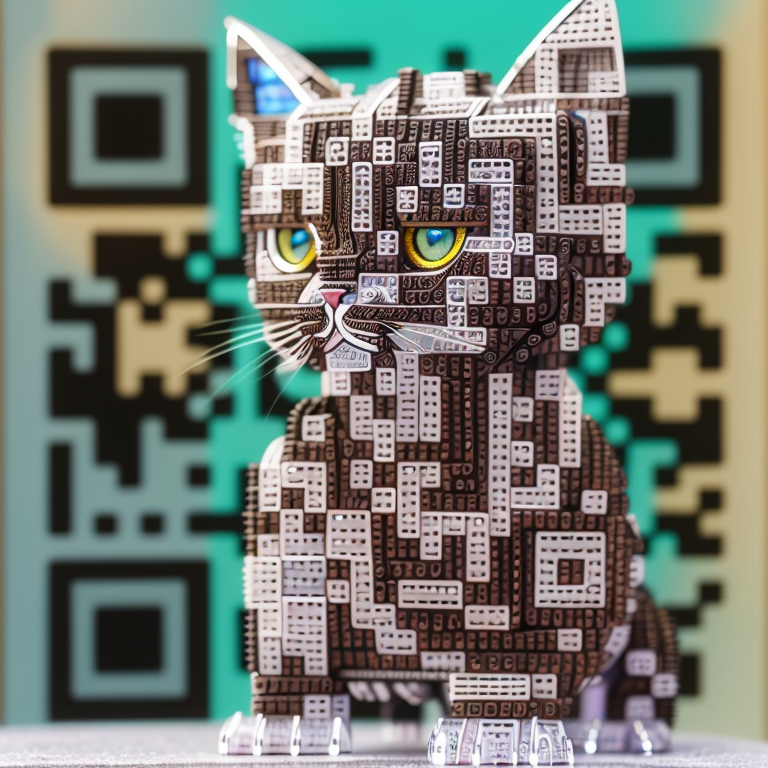 (The first image was created by a research team in China, showcasing a scene of dusk and dawn amidst the white mountains and black waters, with poetic beauty. The second image was created by a foreign research team, cleverly integrating a cat made of building blocks into the image, presenting a unique aesthetic. I must admit that this is a masterpiece of AI.)
(The first image was created by a research team in China, showcasing a scene of dusk and dawn amidst the white mountains and black waters, with poetic beauty. The second image was created by a foreign research team, cleverly integrating a cat made of building blocks into the image, presenting a unique aesthetic. I must admit that this is a masterpiece of AI.)
Promoting Business Innovation
This topic has also been a point of discussion with friends, and this article only explores its positive impacts. The widespread application of AI technology in the field of QR codes has had a positive effect on business innovation. From the previous two images, it’s evident that the intelligent application of QR codes provides new opportunities and business models.
(If you need to validate my hypothesis, experiments can be conducted to analyze the data from scanned QR codes, helping relevant parties understand consumer preferences and execute precise marketing and promotions.)
In my view, the innovation of QR codes has sparked the potential for business development, providing companies with a greater competitive advantage.
The Impact of New QR Codes on the Cultural Industry
In my opinion, new QR codes will bring “disruptive” changes to the cultural industry. Integrating traditional Chinese culture into QR codes will help promote the creative transformation and innovative development of outstanding traditional Chinese culture. Furthermore, AI-generated QR codes can also combine with two-dimensional culture to drive new developments. For example:
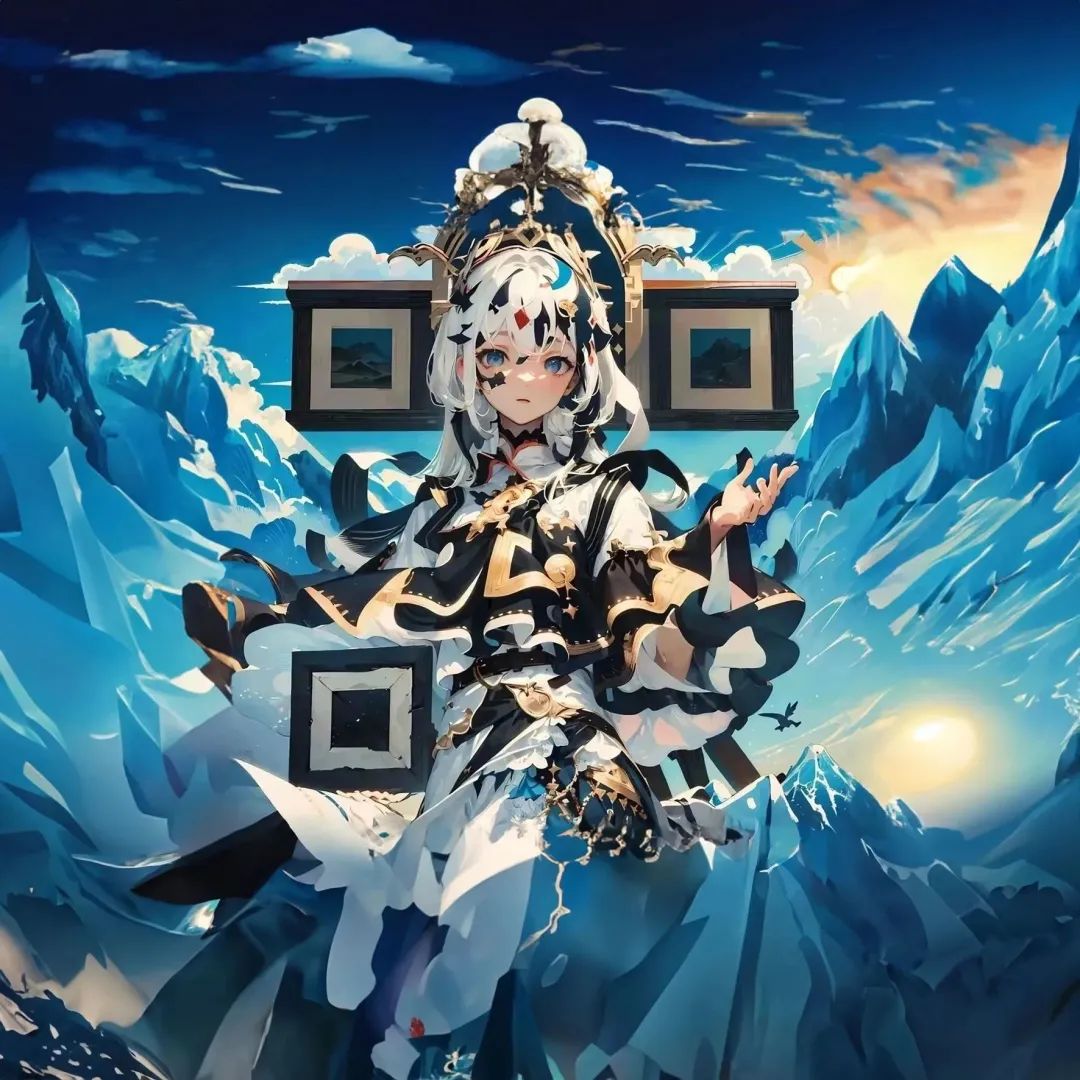 △Anime-style QR code created by qrbtf
△Anime-style QR code created by qrbtf
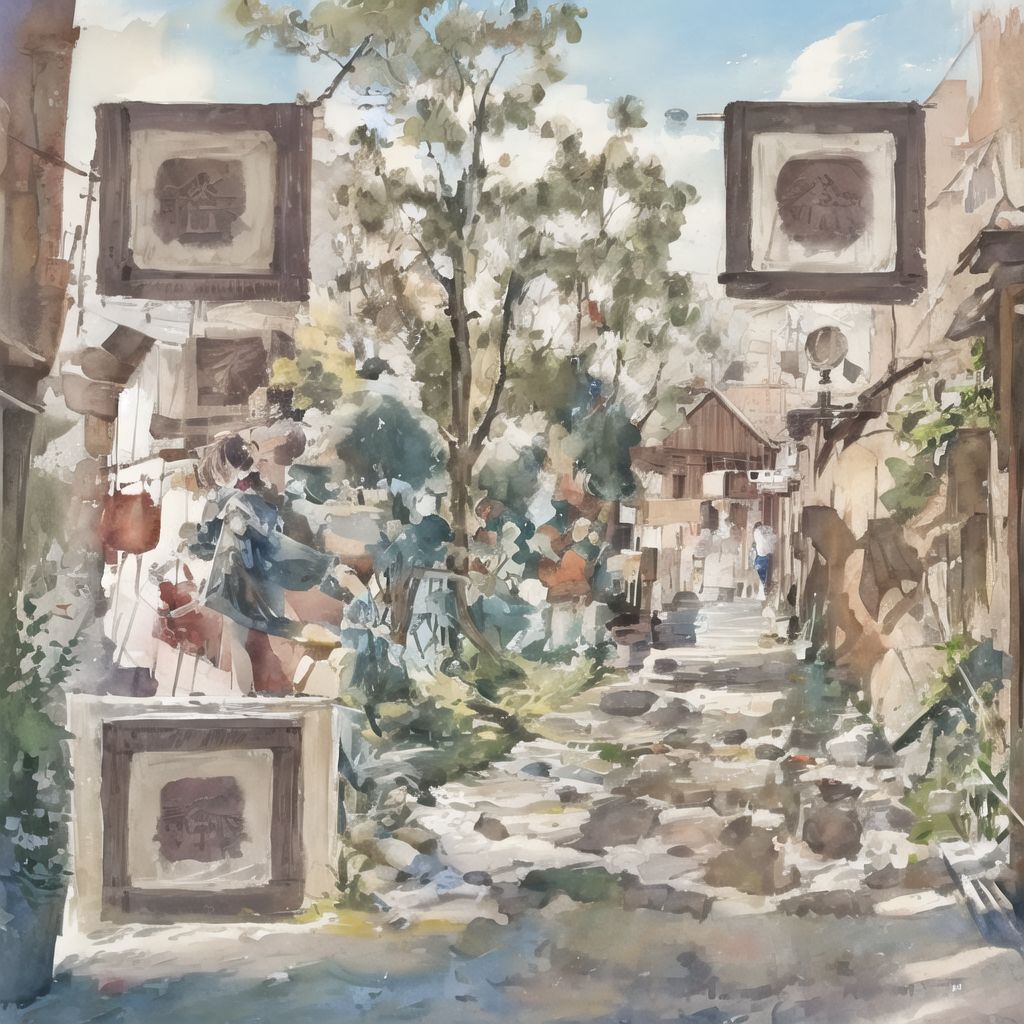 △Oil painting-style QR code created by qrbtf
△Oil painting-style QR code created by qrbtf
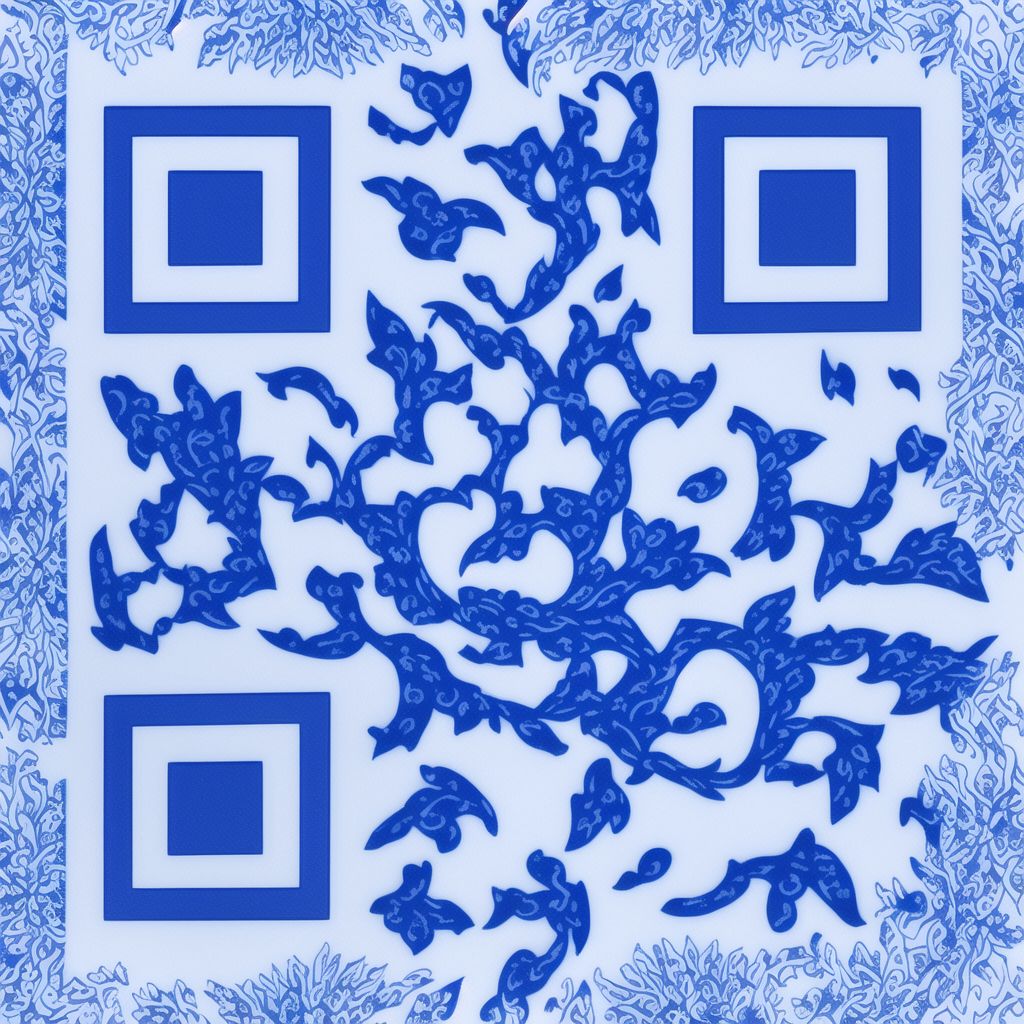 △Blue and white porcelain-style QR code created by qrbtf
△Blue and white porcelain-style QR code created by qrbtf
The Mechanism Behind AI-Generated QR Codes
- Use relevant software to generate a QR code image.
- Beautify the image using Stable Diffusion.
Although it seems straightforward, the actual operation can be a bit cumbersome. Typically, Stable Diffusion has high requirements for device configuration. Consequently, relevant developers have created web versions of Stable Diffusion (using shared GPUs with limited functions), such as DreamStudio and Stable Diffusion on Hugging Face Spaces, as well as the qrbtf website.
Practical Examples
 △A cat generated by quickqr’s Discord bot
△A cat generated by quickqr’s Discord bot
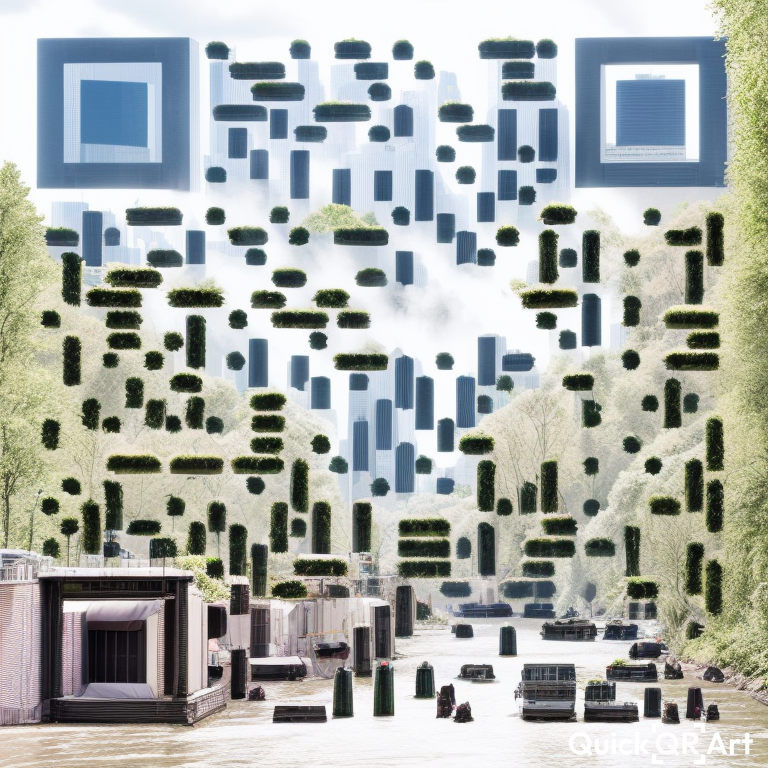 △Another model from quickqr, slightly inferior due to inadequate integration
△Another model from quickqr, slightly inferior due to inadequate integration
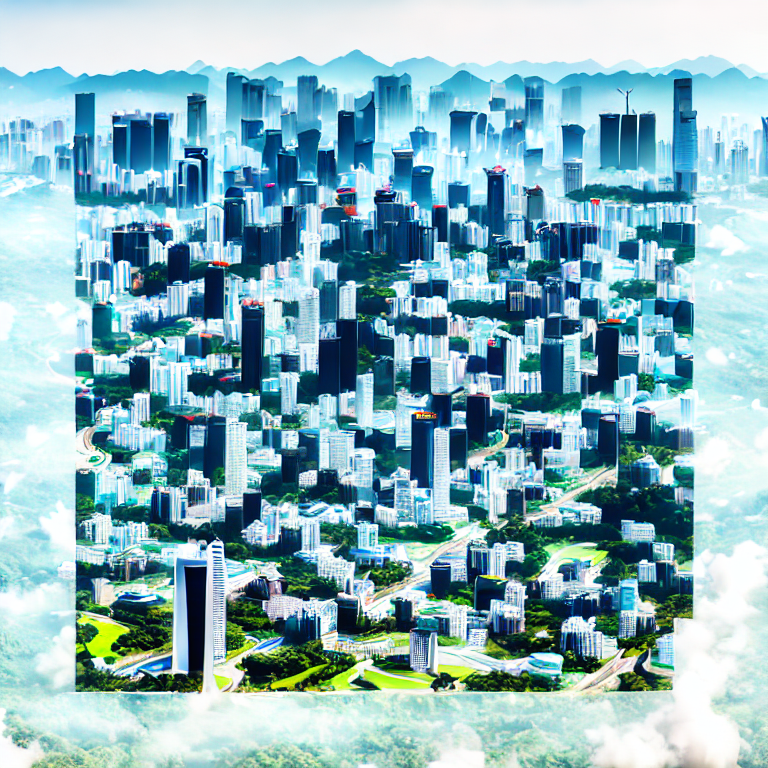 △A bird’s-eye view of a city generated by Hugging Face
△A bird’s-eye view of a city generated by Hugging Face
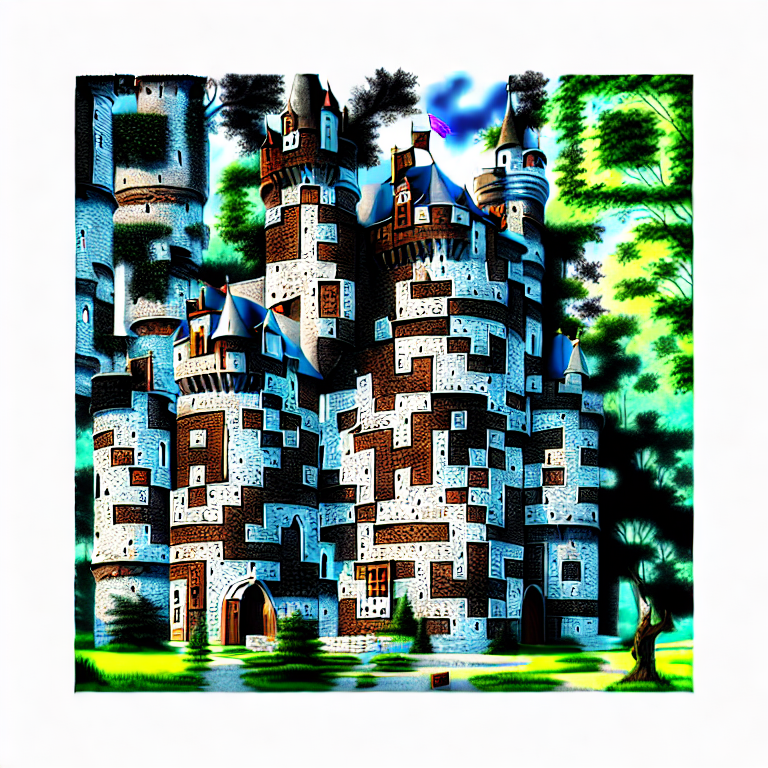 △A medieval-style castle image generated by Hugging Face
△A medieval-style castle image generated by Hugging Face
Afterword
This article has been written slowly; I started on July 10 and kept writing until the final draft on July 18 (perhaps due to being busy lately). There might be some disjointed sections, and I hope my friends will forgive me.
The QR codes generated by qrbtf are among the best AI QR code generation tools I know of. However, it is still in internal testing, and I cannot generate my QR codes with it yet. The codes it generates currently all point to its site. For example, see the image below:
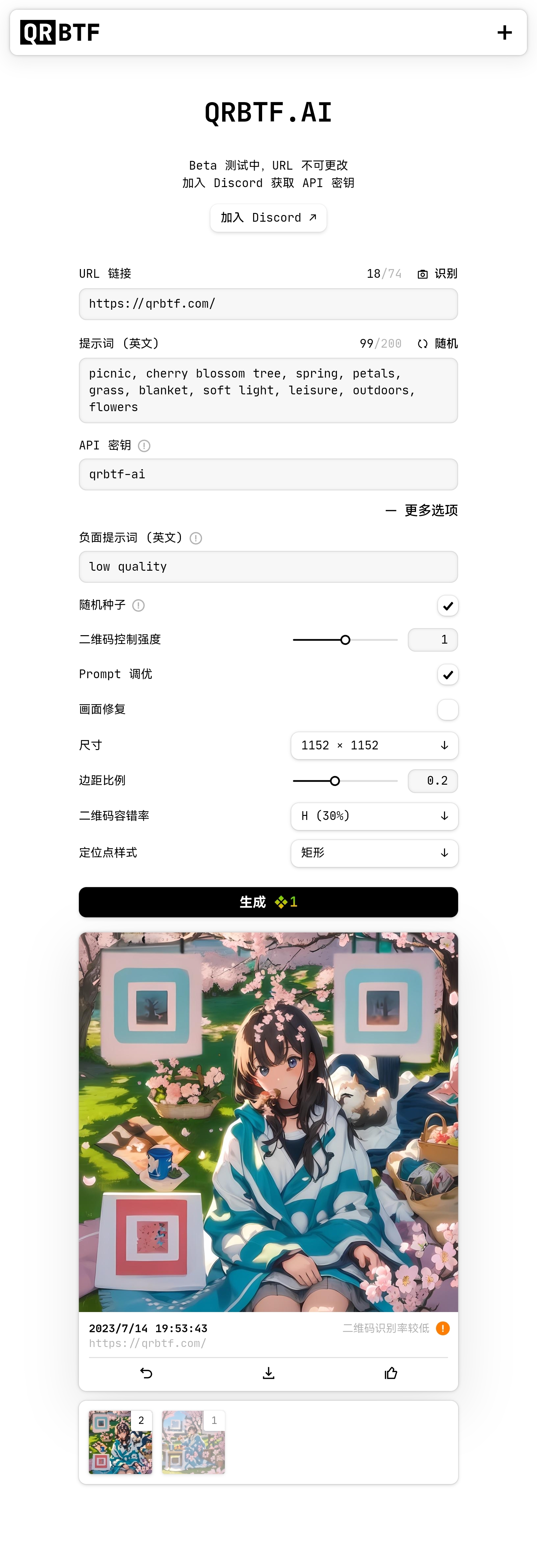
The API key for qrbtf.com in internal testing is qrbtf-ai.
Additionally, quickqr’s bot is also a great tool. The specific operations are not elaborated here; please refer to its official website.
The Stable Diffusion model on Hugging Face is somewhat less impressive, and the expressions of the generated portraits can be a bit strange.
Here are the URLs:
https://qrbtf.com/
https://quickqr.art/
https://huggingface.co/spaces/huggingface-projects/QR-code-AI-art-generator
https://huggingface.co/spaces/ioclab/ai-qrcode-api
https://huggingface.co/spaces/stabilityai/stable-diffusion
Summary and Reflection
The application of AI in the field of QR codes has brought about tremendous changes in people’s lives. It has improved scanning speed and accuracy, expanded the application areas of QR codes, enhanced security mechanisms, and promoted the development of business innovation, leaving people amazed. However, we must also recognize that the application of AI technology is a double-edged sword. The survival of the fittest applies here. Progress in productivity will ultimately leave those who stagnate behind. (As a friend once said.)
